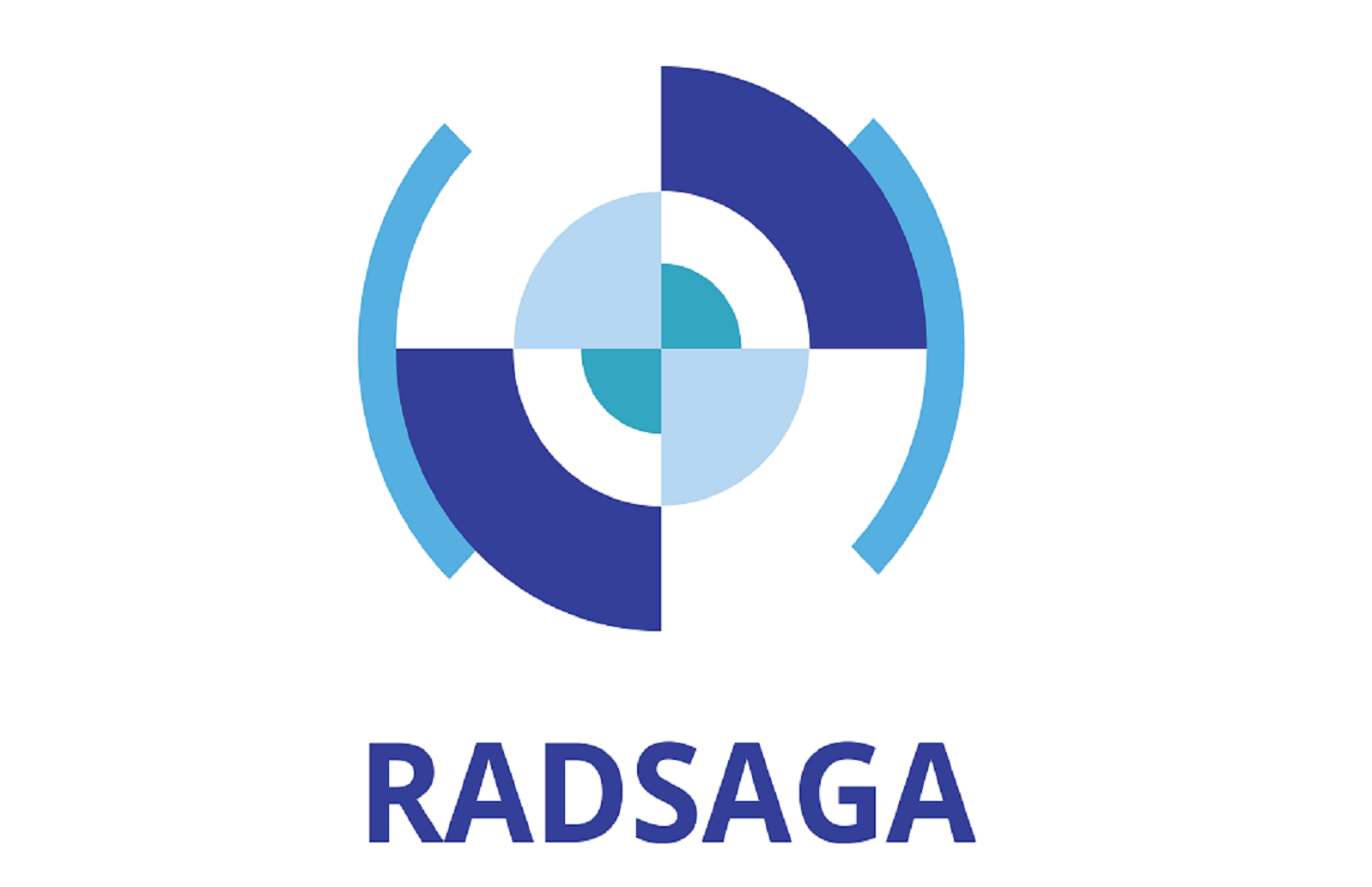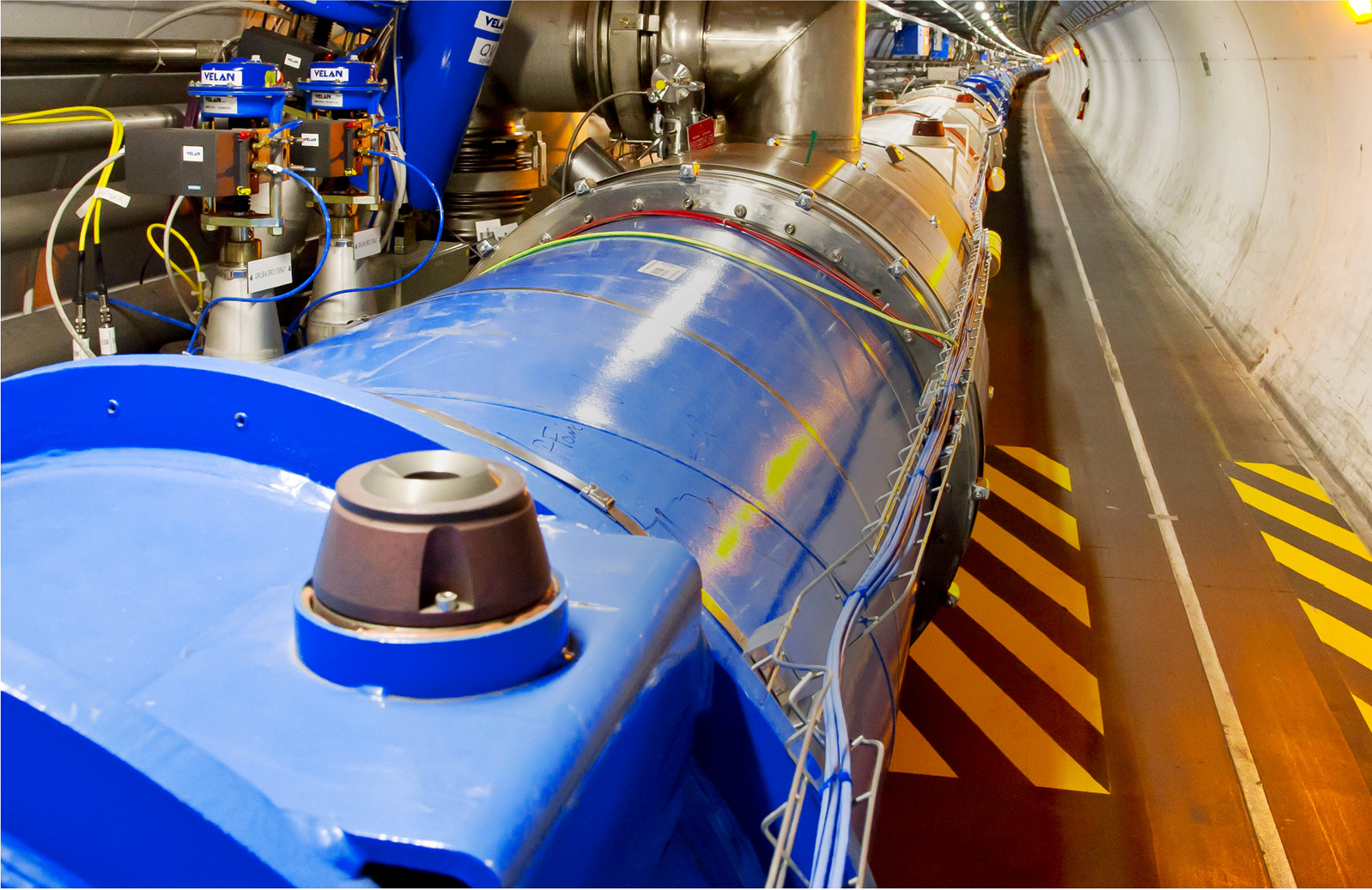Short abstract:
In close collaboration with the research projects of WP1, WP2 and WP3 a guideline for combined radiation and reliability qualification of distributed systems based on commercial electronics will be established. Contrasting the results of WP2 and WP3 will allow establishing links and procedures between radiation tests performed at component and system level, thus reducing the significant cost involved in testing individual components. A complementary work is addressed in this project to extend, at system level, preliminary research performed at device level on the use of 14 MeV neutron and high energy proton beams to evaluate electronic sensitivity to atmospheric neutrons. This will allow evaluating a respective system and device qualification approach aiming to determine the corresponding application reliability in the four application sectors. As a result of this project, test guidelines and tools will be able to meet the challenges related to the increased complexity and reliability requirements of modern electronic systems.
Long abstract:
Reliability and radiation damage to electronics is becoming more and more important in all four sectors of the RADSAGA network. There are many challenges, such as the high radiation levels to which materials and electronic systems are exposed as encountered in Space, advanced terrestrial nuclear reactors and at Accelerators, for the latter also including complex systems partly based on commercial systems combined with prototype developments. A careful analysis is thus required of possible failure scenarios preventing unnecessary failures and impacting reliability and performance, or even leading to possible damage of installations and facilities. At the same time, for systems exposed to relatively low radiation levels (ground and avionic applications), it's the high number of components being the driving factor for radiation damage issues. While all safety aspects have to be fully mitigated by design, respective radiation constraints have to be carefully considered during the development phase. They also have an overall impact on maintenance and fault detection, thus eventually leading to particular qualification requirements which are addressed in this thesis project.
Well defined approaches to radiation hardness assurance of electronic systems are used for space applications. However, their direct application to industries such as aeronautics, ground applications as well as accelerators is not straightforward. While some environments are driven by high radiation levels for which both Single Event Effects (SEEs) and Total Ionizing Dose (TID) are of concern, others are affected by comparable low radiation levels, however impacting a very large number of systems with often very high reliability and cost-effectiveness constraints. Thus, a rigorous design methodology is required to ensure that the radiation environment will compromise neither functionality nor performance of such systems.
This thesis project is strongly linked to all other work packages and projects of the RADSAGA network and will streamline the various results in a handbook which focuses on the methodologies of how to test complex systems with particular emphasis on the following questions: (i) what is the accuracy/relevancy of system tests when compared to risk assessment methodologies based on single device testing?; (ii) to what extent can mixed-beam facilities be used for system qualifications?; (iii) investigate on a complementary test methodology based 14 MeV neutron sources of particular interest for industry in order to investigate if one could use (and to what extend) 14MeV neutrons to scan components for SEEs; and (iv) a requirement, availability and accuracy analysis of prediction tools that can be used as gateways between different radiation environments.
For (iii) the student will develop and investigate on a complementary test methodology for "Single-Event Effects" (SEEs) at system level which is based on 14 MeV neutron sources. This is of particular interest for the ground and aviation industry as it would allow for faster and partly less expensive qualification means of electronic components. At the same time, it is known that certain radiation effects bear a significant energy dependency, thus the student will perform a detailed study of various effects across a number of electronic components and the impact of 14MeV neutrons on the system level, this way quantify related safety margins and also showing possible application limitations.
To achieve the results, the student will work in close collaboration with all students of the network as well as the work package leaders of WP1-3. He will be using the 14 MeV neutron source at NPI in order to investigate radiation effects on components tested in other work-packages with particular focus on SRAMs as they can be directly linked to Monte-Carlo based device studies.
Deliverable & Milestones Lists:
- 14MeV test methodology analysis.
- handbook of test methodologies for advanced systems.
- facility overview & guideline.
- summary of available test setups and tools.
Beneficiary:
CERN
Supervisor:
Dr. Ari Virtanen (Univeristy of Jyväskylä), Dr. Rubén García (CERN)
Co-supervisor:
Prof. F. Saigné (University of Montpellier)
Planned secondments:
[total: 7 months]: CNES (Dr R. Ecoffet) and YOG (Dr R. Mariani): [3m] Radiation test standards; JYU (Dr A. Virtanen): [1m] Facility summaries; SCK•CEN (Dr W. de Cock): [1m] Reactor neutron test campaigns; UM (Dr F. Saigne): [2m] Radiation effects and methodologies as well as prediction tools.
Position has been appointed to Andrea Coronetti. Click here for Profile.




